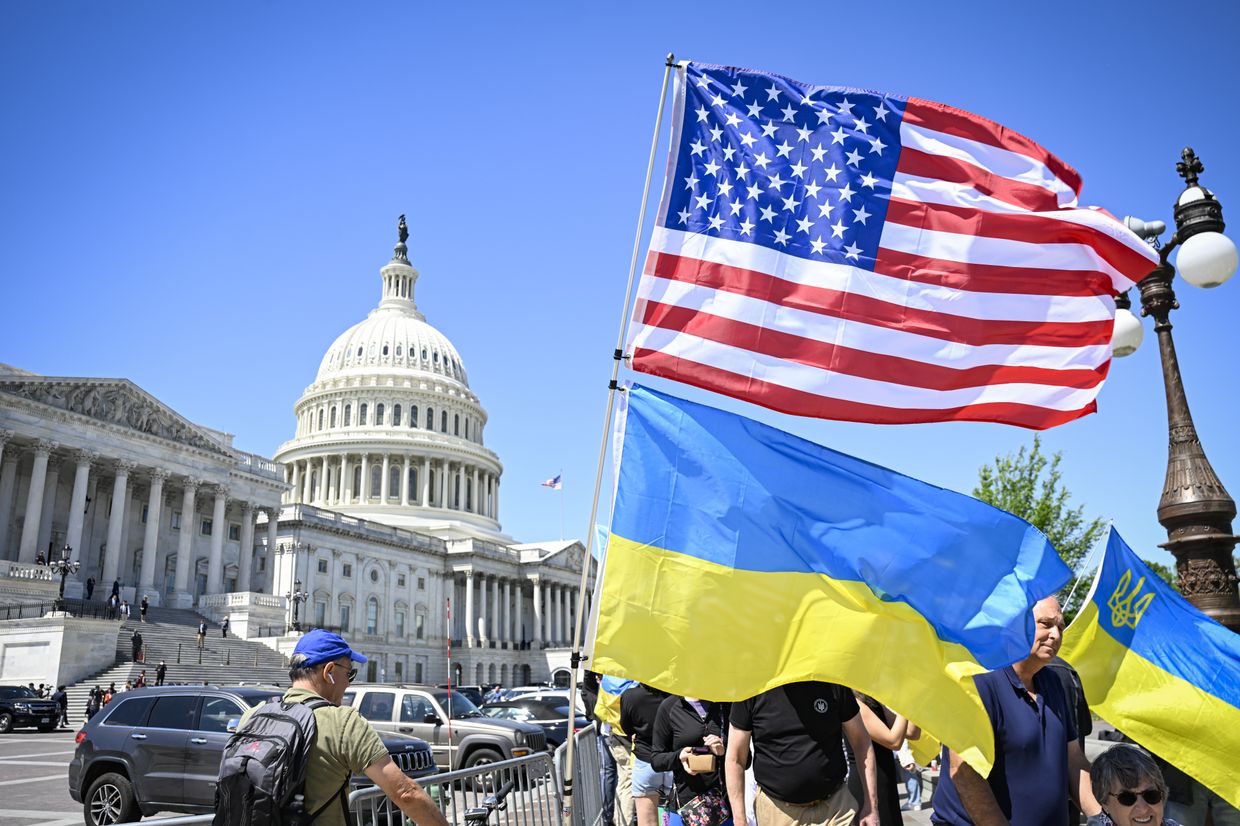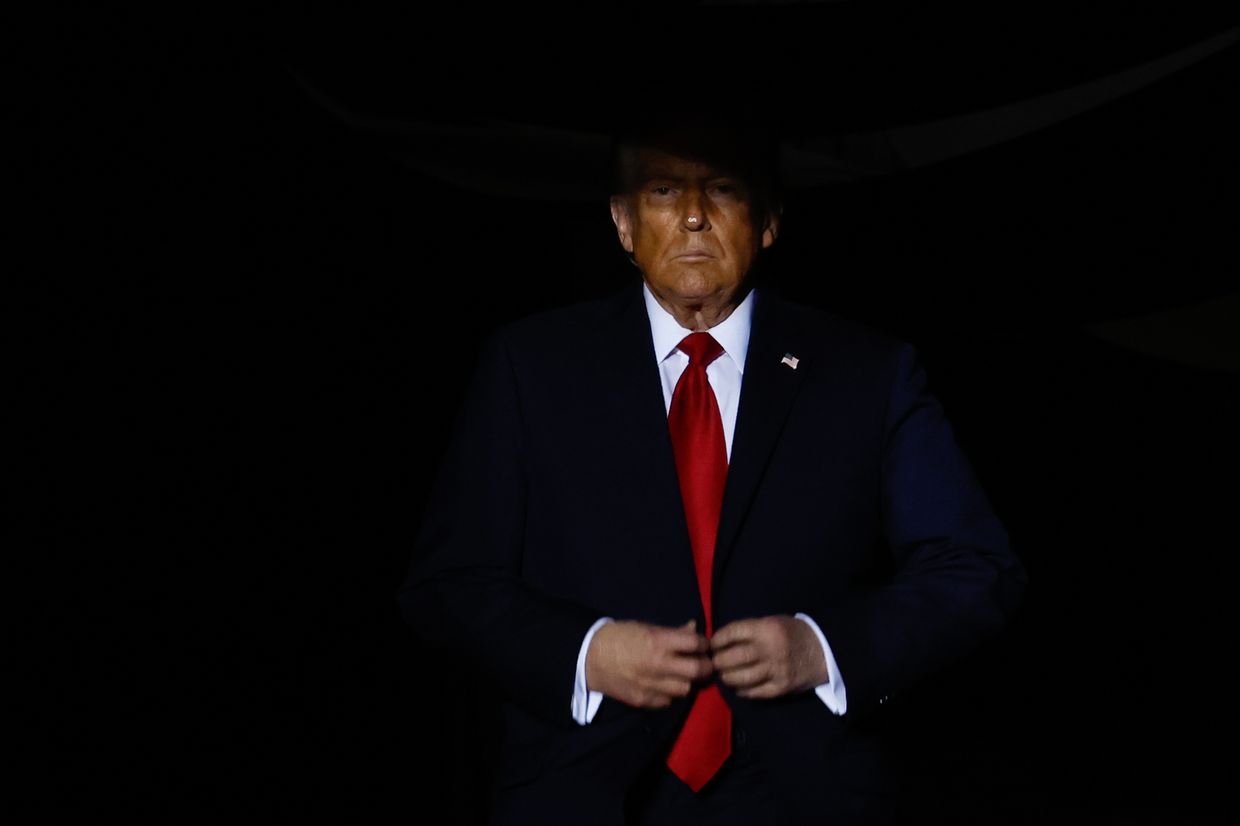
Republican voters are more and more against sending army support to Ukraine, in line with a Wall Road Journal ballot printed April 6, highlighting a rising divide within the U.S. alongside occasion strains.
The ballot discovered 83% of Democratic voters help continued U.S. monetary support to Ukraine, in comparison with 79% of Republicans who oppose it. Amongst all voters surveyed, 49% favored continued help to Kyiv, whereas 44% had been in opposition to it.
All through 2023 and into 2024, Democrats grew to become extra supportive of accelerating support to Kyiv, whereas Republican sentiment shifted in the other way, with many saying the U.S. was already doing an excessive amount of.
The information additionally confirmed broader disagreement over America's international function. Some 81% of Republican respondents stated U.S. allies are usually not doing sufficient to defend themselves and that Washington ought to cease spending taxpayer cash to guard them.
In distinction, 83% of Democrats stated worldwide alliances are a energy and deserve monetary help.
The hole displays years of rising Republican skepticism towards international engagement, influenced by President Donald Trump's "America First" doctrine. Trump has repeatedly criticized NATO allies for low protection spending and questioned the worth of U.S. safety commitments overseas.
Trump has lengthy demanded that NATO allies improve their army spending. He beforehand referred to as for the alliance to lift its benchmark from 2% to five% of the GDP.
Throughout a Feb. 28 assembly with President Volodymyr Zelensky in Washington, Trump stated safety ensures for Ukraine must be Europe's accountability and solid himself as a impartial determine within the conflict, providing to mediate between Kyiv and Moscow.
Trump's stance underscores a broader shift from conventional American management in international affairs towards an inward-focused overseas coverage platform that resonates with many within the Republican base.
The Wall Road Journal carried out the ballot by telephone from March 27 by way of April 1, surveying 1,500 registered voters, with some respondents contacted through textual content to finish the survey on-line.
 The Kyiv IndependentOlena Goncharova
The Kyiv IndependentOlena Goncharova